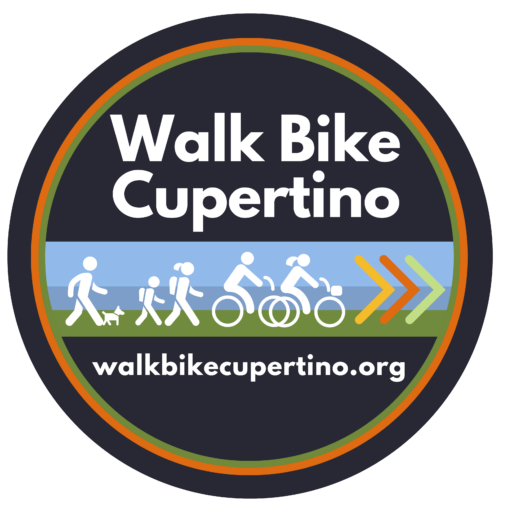This past summer, my husband and I embarked on an unforgettable journey along the Historic Columbia River Highway in Oregon, and we’re already planning our return! If you’re looking for a perfect blend of natural beauty, fascinating history, and invigorating hikes, this scenic byway needs to be at the top of your travel list.
Our adventure began in downtown Portland, from where we set out eastward towards the charming town of Hood River. This vibrant community, known for its wind sports and stunning views of Mount Hood, made for an excellent starting point. We made a crucial first stop at the local visitor center, located at 202 Cascade Ave STE B, Hood River, OR 97031, where friendly staff armed us with invaluable insights on the best waterfall hikes and trails to explore along the highway. Don’t skip this step – local knowledge is key to maximizing your experience!
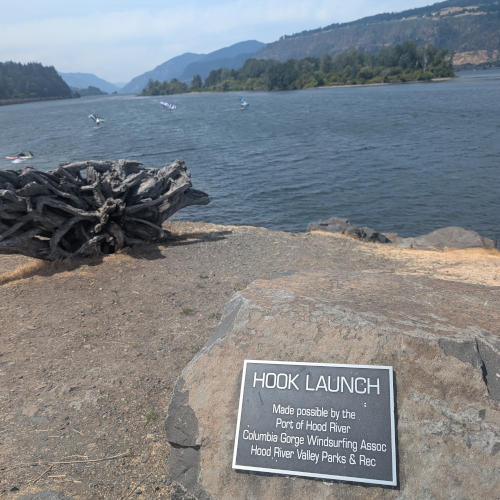
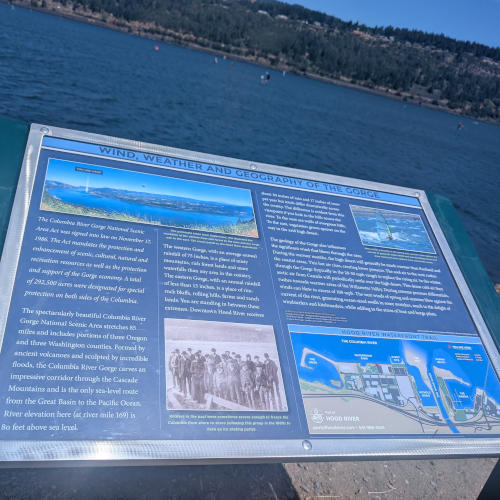
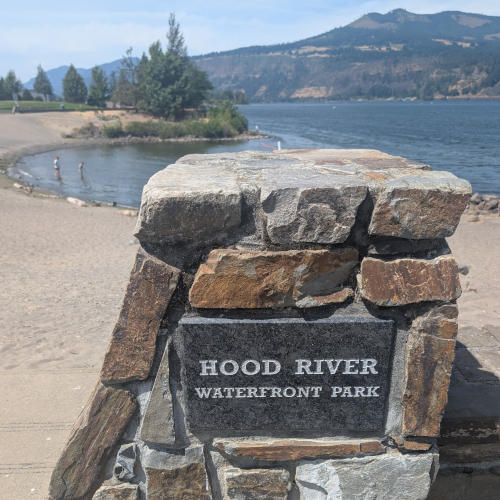
From Hood River, we backtracked slightly and began our leisurely drive along the legendary Highway 30. This isn’t just a road; it’s a testament to early 20th-century engineering, hugging the cliffs and offering breathtaking vistas at every turn.
Hitting the Trail: Our Multnomah Falls Adventure (and a Crucial Tip!)
Our first major stop was the iconic Multnomah Falls, Oregon’s tallest waterfall, plunging 620 feet in two tiers. Seeing it in person is truly something else. We challenged ourselves with the hike to the top, winding our way up through switchbacks to the Benson Bridge, which offers an incredible perspective of the falls, and then continuing to the very summit. The panoramic views of the Columbia River Gorge from up there are absolutely spectacular and well worth the effort.
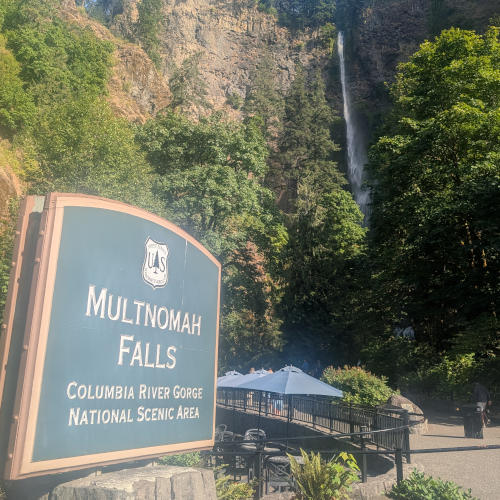
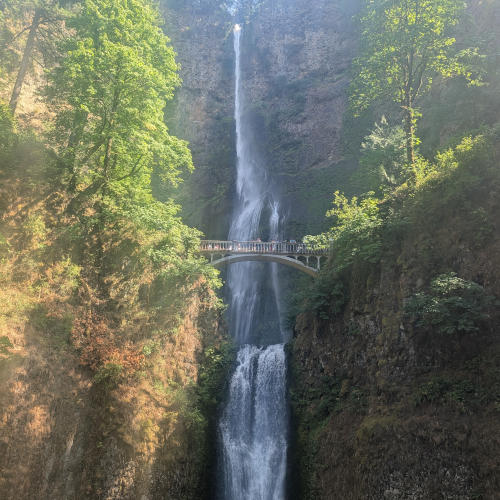
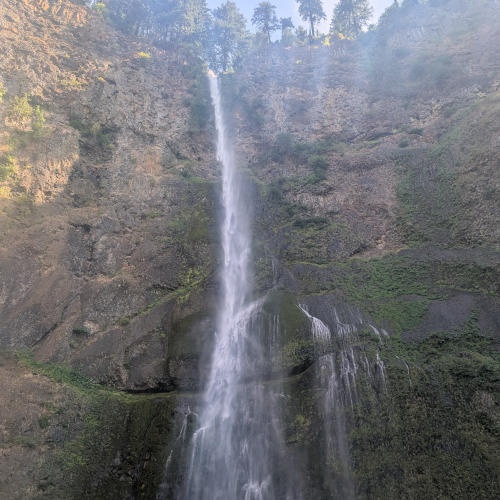


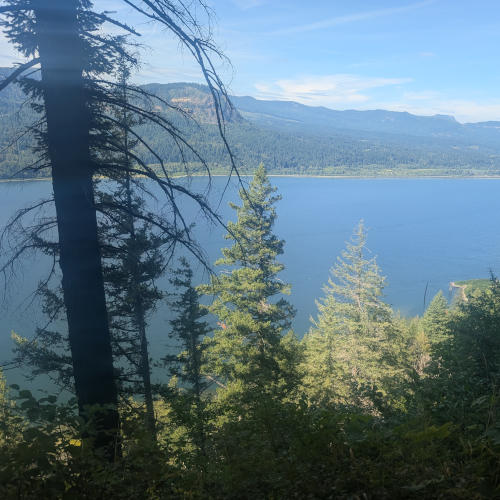
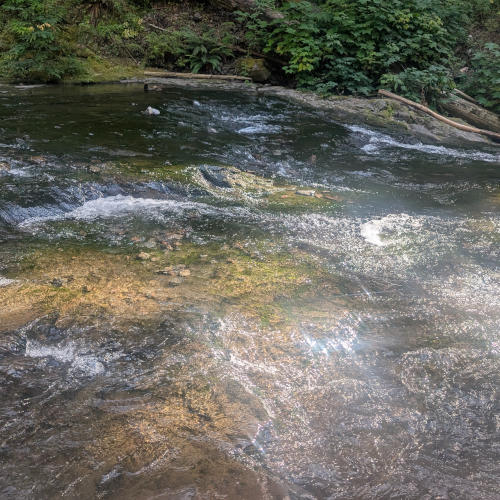
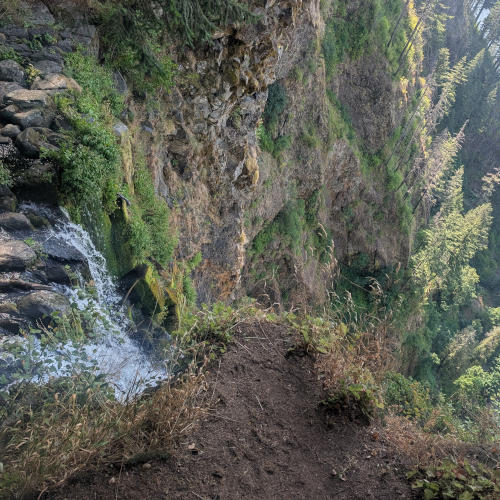
Important Note on Parking
Be aware that large crowds visit Multnomah Falls in the summer. We learned this the hard way! When we first drove there in the morning, the main parking lot at Exit 31 off of I-84 was full, so we had to continue driving to Hood River. We returned in the afternoon around 3pm, after a bit of patience, and found a parking spot. We then discovered that during the peak summer season (generally late May to early September), visitors arriving by personal vehicle at the I-84 parking lot are required to have a timed-use permit.
- How it Works: You must reserve a permit online, which is for one car and its occupants. The permit assigns you an entrance time slot. You can find more information and make reservations on recreation.gov.
- What to Know: These permits are required daily between 9 a.m. and 6 p.m. during the designated season. A permit does not guarantee a parking spot; it only grants you access to the parking lot. The lot is first-come, first-served within that permit-holding group. You can enter the lot before 9 a.m. or after 6 p.m. without a permit, but you’ll have to contend with limited spots.
- Alternatives: You may take a shutter or book a guided bike tour. See details here.
Relaxing Time at Bridal Veil Falls
Next, we ventured a few miles away to the enchanting Bridal Veil Falls, about 120 feet high with fewer crowds. This hike was a delightful and short contrast to Multnomah, offering a more serene and intimate experience. The trail winds through lush forest, leading to a beautiful two-tiered waterfall that cascades over volcanic rocks and feels like a hidden gem. The mist from the falls was a welcome refreshment after our earlier climb!
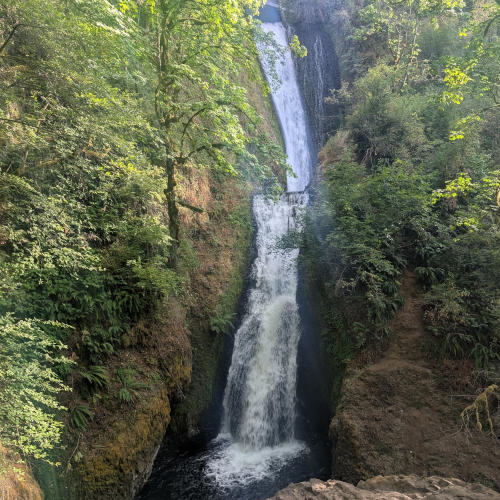

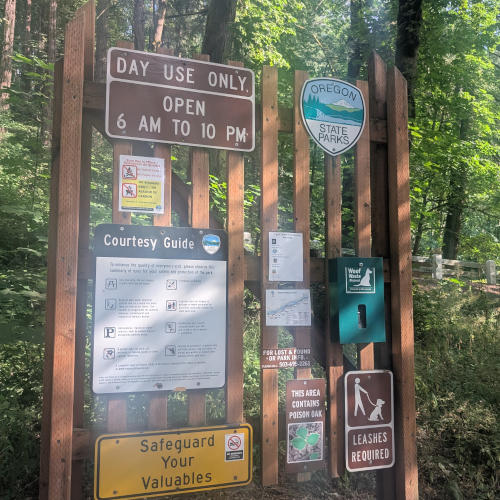
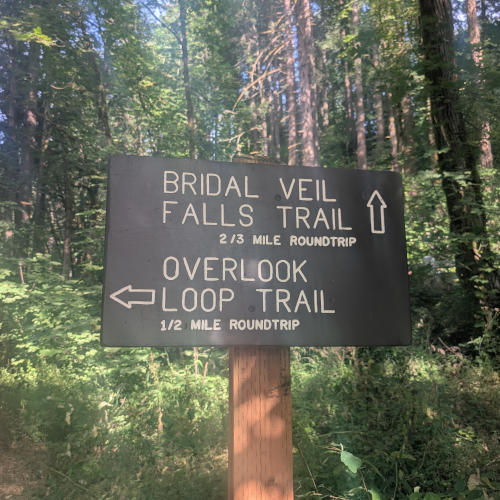
These two hikes plus the Hood River visit took up our entire day, and we returned to Portland feeling invigorated and utterly captivated by the natural grandeur of the Columbia River Gorge. What truly struck us was the sheer abundance of natural wonders. Looking at the map, we saw so many other waterfalls – Latourell, Wahkeena, Horsetail, just to name a few – and countless trails we didn’t have time to explore. Remember we mentioned that waterfalls promote good health in an earlier blog “Hidden Waterfalls in Redwoods”. That’s why we’re already making plans for a return trip.
Historical Glimpse into a “Poem in Stone”
The Historic Columbia River Highway is much more than just a beautiful drive—it’s a marvel of early 20th-century engineering and a landmark in the history of American road-building. Here are a few key historical facts about the area:
- The “King of Roads” and its Visionaries: The highway, often called the “King of Roads” or “A Poem in Stone,” was built between 1913 and 1922. It was the result of a vision shared by two men: entrepreneur Samuel Hill and engineer Samuel C. Lancaster. Hill was a prominent “Good Roads” advocate who was inspired by the scenic highways of Europe. He enlisted Lancaster, an experienced engineer and landscape architect, to design a road that would not only serve as a transportation route but also harmonize with the stunning natural landscape.
- A Pavement and Engineering First: The Historic Columbia River Highway was the first paved highway in the Pacific Northwest and the first scenic highway in the United States to be designated a National Historic Landmark. Lancaster’s design was revolutionary for its time, featuring careful grading, graceful curves, and the innovative use of reinforced concrete bridges and tunnels that were a testament to the idea of building a road that “laid lightly on the land.”
- The Role of Vista House and Other Landmarks: Many of the key structures you see along the highway were built in conjunction with its creation to enhance the experience for motorists. Vista House at Crown Point, a spectacular viewpoint perched 733 feet above the river, was designed by architect Edgar Lazarus as a memorial to Oregon pioneers and a “temple to the natural beauty of the Gorge.” Similarly, the Multnomah Falls Lodge, built in 1925, was designed to provide a grand entrance and a place of respite for visitors to the iconic waterfall.
- The Origins of the Waterfalls: The dramatic waterfalls that define the Columbia River Gorge were largely formed by a series of cataclysmic events. Around 15,000 years ago, massive floods—known as the Missoula Floods—swept through the area, carving out the gorge and creating the stunning hanging valleys and cliffs from which the waterfalls cascade.
- A Legacy of Preservation: Much of the original highway was superseded by the construction of Interstate 84 in the 1950s and 1960s, leading to the destruction of some key sections. However, in the 1980s, a renewed interest in preserving the highway’s unique legacy led to significant restoration efforts. Today, many segments of the historic route have been converted into trails for hiking and biking, allowing modern visitors to experience the vision of Hill and Lancaster much as they originally intended.
The Historic Columbia River Highway isn’t just a drive; it’s an immersive experience that beckons you to slow down, explore, and connect with nature and history. We can’t wait to discover more of its hidden treasures and highly recommend you carve out some time to experience this Oregon gem for yourself! Let us know if you visited the Historic Columbia River Highway. What were your favorite stops? Share your experiences in the comments below or email us at info@walkbikecupertino.org.
